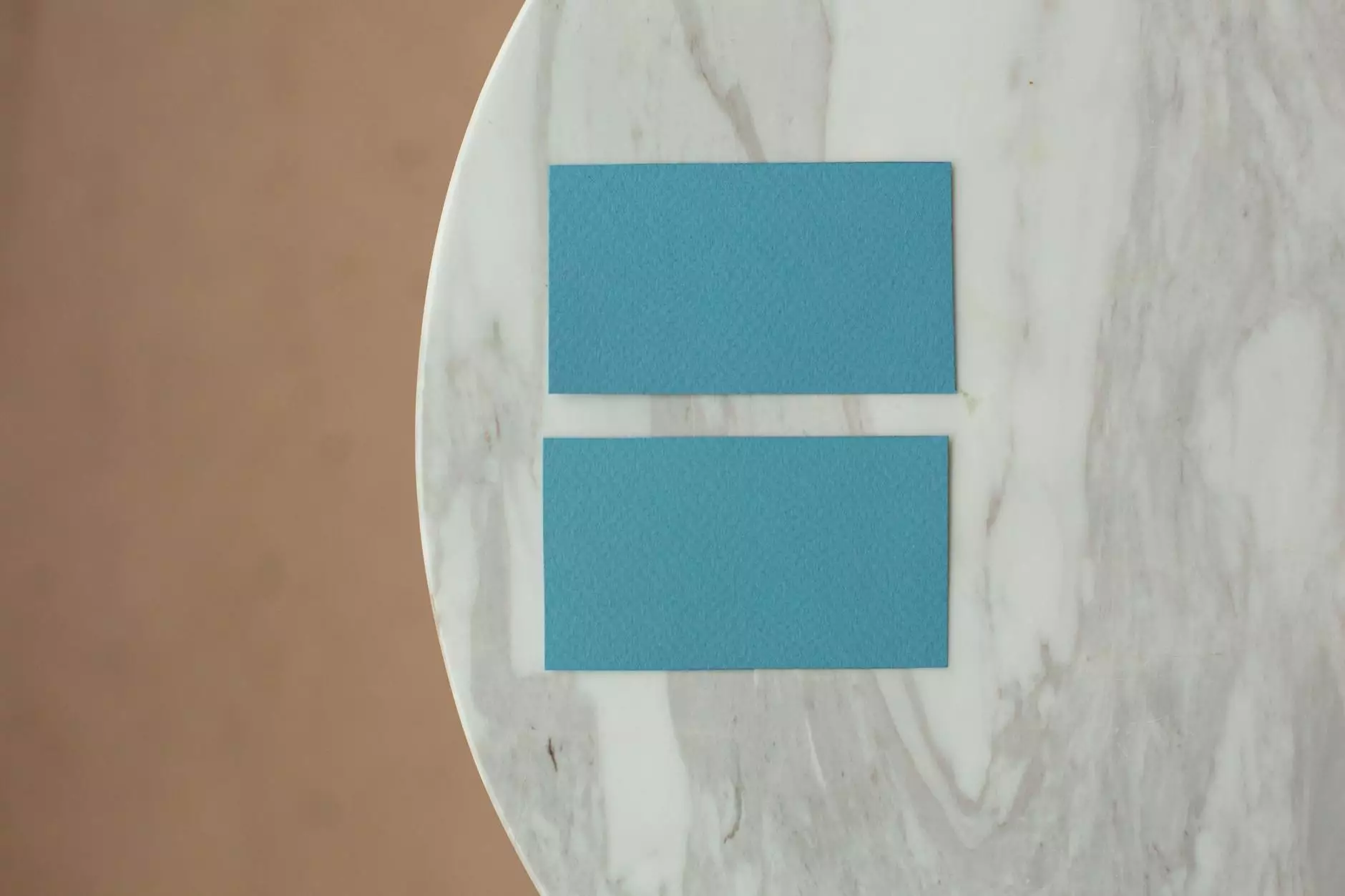Understanding the Costs of Fixing Pectus Excavatum

Pectus excavatum, often referred to as "sunken chest syndrome," is a condition that affects many individuals, characterized by a noticeable depression in the breastbone. For those seeking to correct this condition, a common question arises: how much does it cost to fix pectus excavatum? In this extensive guide, we will explore the various costs associated with the treatment options available, the factors that influence these costs, and the potential financial implications for patients.
What is Pectus Excavatum?
Pectus excavatum is not just a cosmetic issue; it can also lead to physical discomfort and functional problems, such as impaired respiration and reduced cardiovascular efficiency. This condition can vary significantly in severity from person to person, affecting both males and females, though it is more common in males.
Symptoms of Pectus Excavatum
- Visible depression in the chest area
- Shortness of breath during exercise
- Chest pain or discomfort
- Reduced endurance and stamina
- Psychological effects like low self-esteem
Treatment Options for Pectus Excavatum
There are generally two primary avenues for treating pectus excavatum: surgical interventions and non-surgical approaches. Each method has its own cost implications.
Surgical Treatment
The most common surgical treatments for pectus excavatum include the Nuss procedure and the Ravitch technique.
The Nuss Procedure
The Nuss procedure involves the insertion of a curved metal bar under the sternum to elevate it to a more anatomically correct position. This minimally invasive approach is often favored due to its reduced recovery time compared to traditional methods. However, it still involves surgery, which can come with significant costs.
The Ravitch Technique
The Ravitch technique is a more invasive surgical procedure that involves removing the abnormal cartilage and repositioning the sternum. This method may be more effective for severe cases but tends to involve a longer recovery period and higher costs.
How Much Does It Cost to Fix Pectus Excavatum?
The cost to fix pectus excavatum can vary widely based on several factors, including the chosen treatment method, the geographical location, and the specific healthcare provider. Here’s a breakdown of potential costs:
Estimated Costs for Surgical Approaches
- Nuss Procedure: $30,000 - $80,000 (including hospital fees, anesthesia, and follow-up care)
- Ravitch Technique: $50,000 - $100,000 (depending on the complexity of the case)
Factors Influencing Costs
Several factors can impact the overall cost of treating pectus excavatum:
- Geographical Location: Costs can fluctuate significantly based on the region and the healthcare facilities available.
- Surgeon's Experience: Highly specialized and experienced surgeons may charge higher fees.
- Hospital Charges: Different hospitals have varying rates for procedures and overnight stays.
- Anesthesia Costs: The type and duration of anesthesia needed can also add to the overall cost.
- Insurance Coverage: Patients with insurance may have different out-of-pocket expenses depending on their plans.
Insurance and Financial Assistance
Understanding how insurance applies to the costs of fixing pectus excavatum is essential for many patients. Here are some points to consider:
Health Insurance Coverage
Many health insurance plans cover surgical treatment for pectus excavatum, especially if the condition is causing significant physical complications. It is crucial to check with your insurance provider about:
- What procedures are covered under your plan?
- The pre-authorization requirements for surgical treatment.
- Your out-of-pocket costs, including deductibles and copayments.
Financial Assistance Options
For those without insurance or facing high out-of-pocket costs, several options could help alleviate financial burdens:
- Payment Plans: Many healthcare providers offer payment plans that allow patients to pay for surgery in installments.
- Medical Loans: Depending on your creditworthiness, medical loans can be a viable option for funding your surgery.
- Non-profit Organizations: Some non-profits specialize in medical grants for individuals needing corrective surgery.
Recovery Period and Additional Costs
It is also paramount to consider the recovery period after surgery, as additional costs may arise during this time. Post-operative care may include:
- Follow-up doctor visits
- X-rays and diagnostic tests
- Medications for pain management
- Physical therapy sessions if necessary
The average recovery period for the Nuss procedure is approximately 3-6 weeks, while the Ravitch technique may require 6-12 weeks, depending on individual healing.
Conclusion
Addressing the question of how much does it cost to fix pectus excavatum involves a consideration of surgical options, geographical factors, insurance coverage, and potential recovery expenses. If you or someone you know is considering surgery for this condition, it is advisable to consult with a certified physician who specializes in pectus excavatum correction. Early consultation can provide more tailored information regarding costs and a clearer understanding of the financial implications. Visit elclinics.com for more information on specialized doctors and assistance in navigating your treatment options.
FAQs about Pectus Excavatum Treatment Costs
1. Is pectus excavatum surgery covered by insurance?
Often, yes. Many insurance policies cover the surgery if it's deemed medically necessary. Always check with your provider for specific coverage details.
2. What is the best age to undergo pectus excavatum correction?
Generally, the best age is during adolescence when the chest wall is still developing, but adults can also successfully undergo the procedure.
3. Are there any non-surgical treatments for pectus excavatum?
Non-invasive treatments like physical therapy and exercises may help improve posture and symptoms but do not correct the chest shape.
4. How long is the recovery time after surgery?
Recovery time varies by procedure: typically, 3-6 weeks for the Nuss procedure and 6-12 weeks for the Ravitch technique.
5. Can pectus excavatum affect heart and lung function?
Yes, in severe cases, it can impair heart and lung function, leading to shortness of breath and reduced exercise tolerance.







